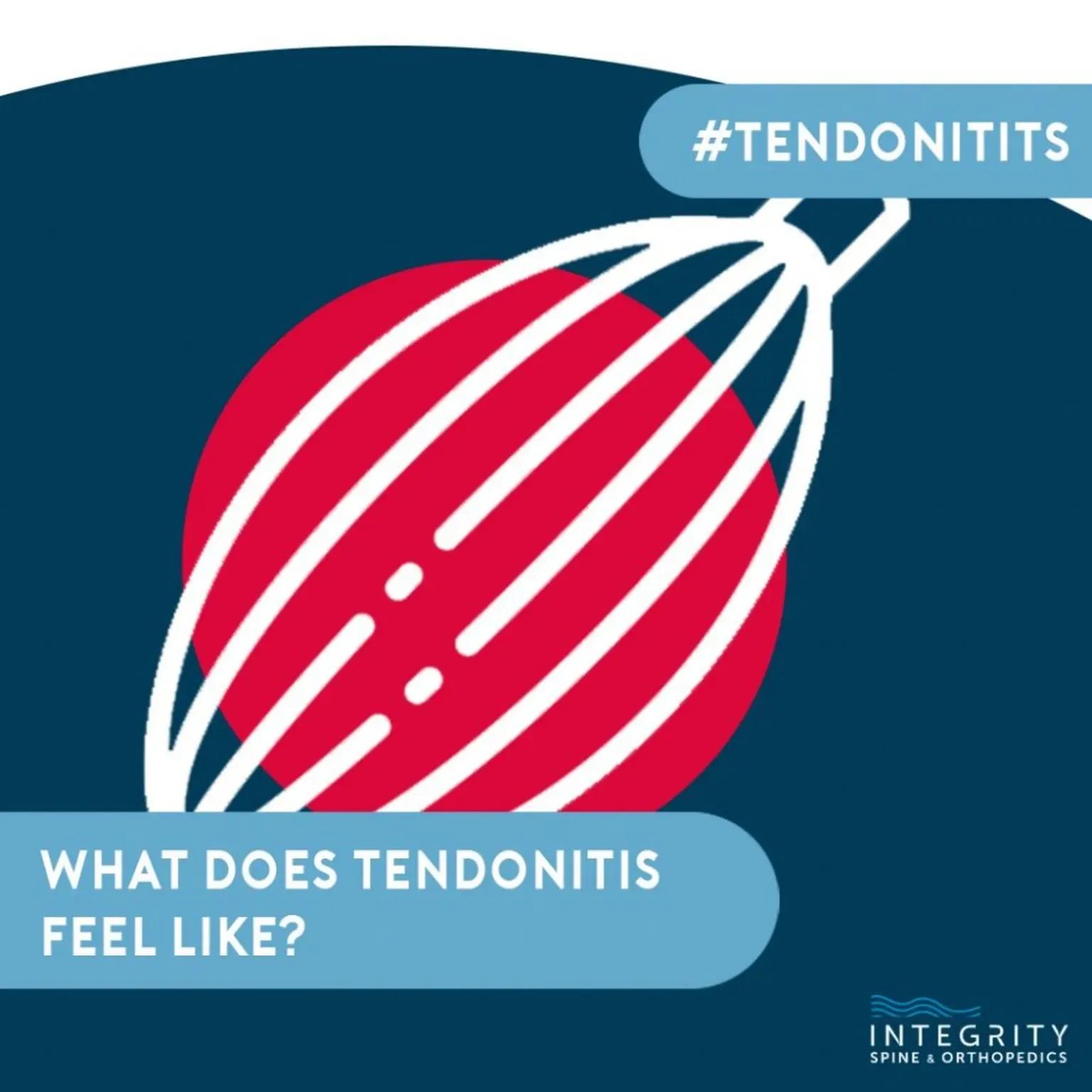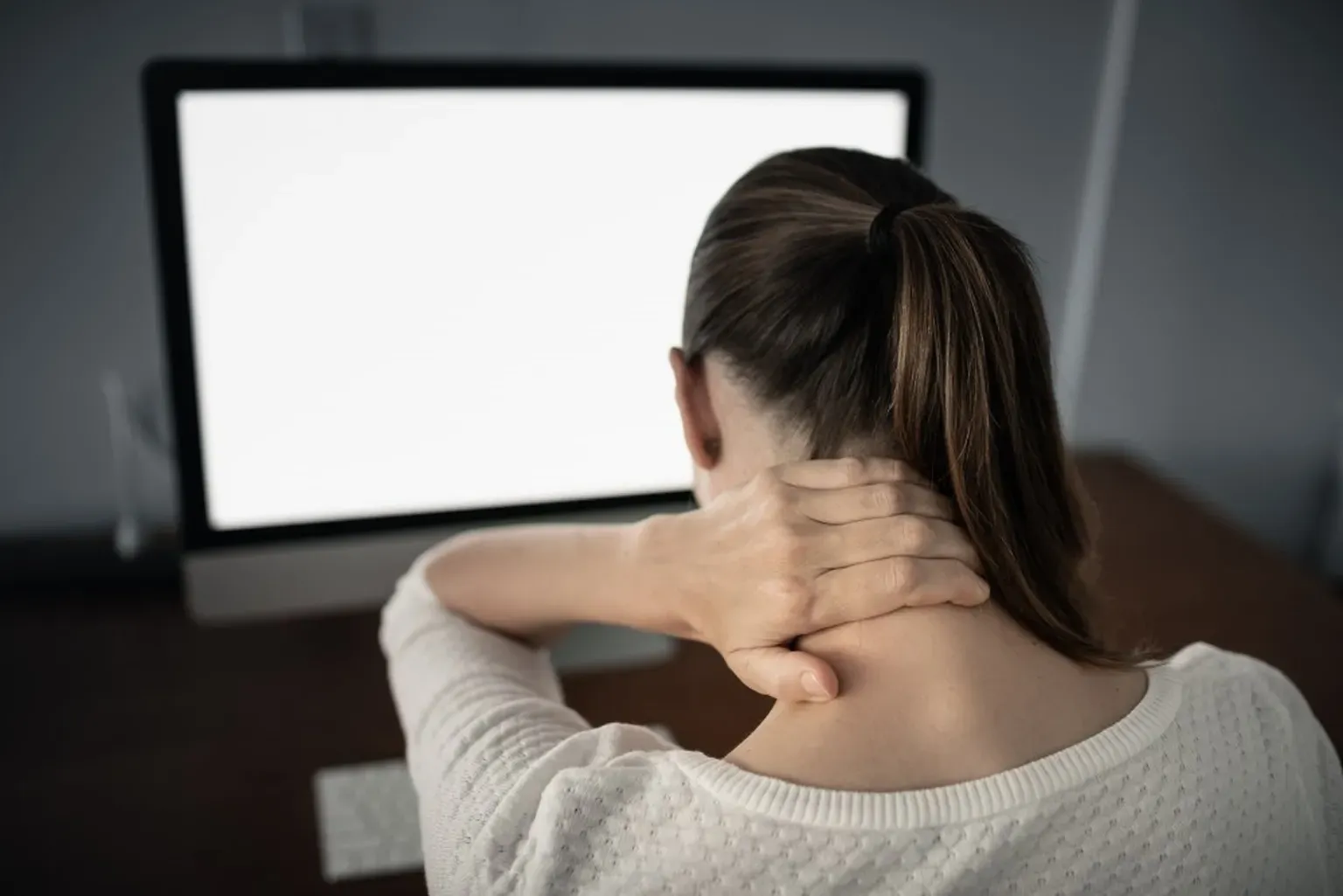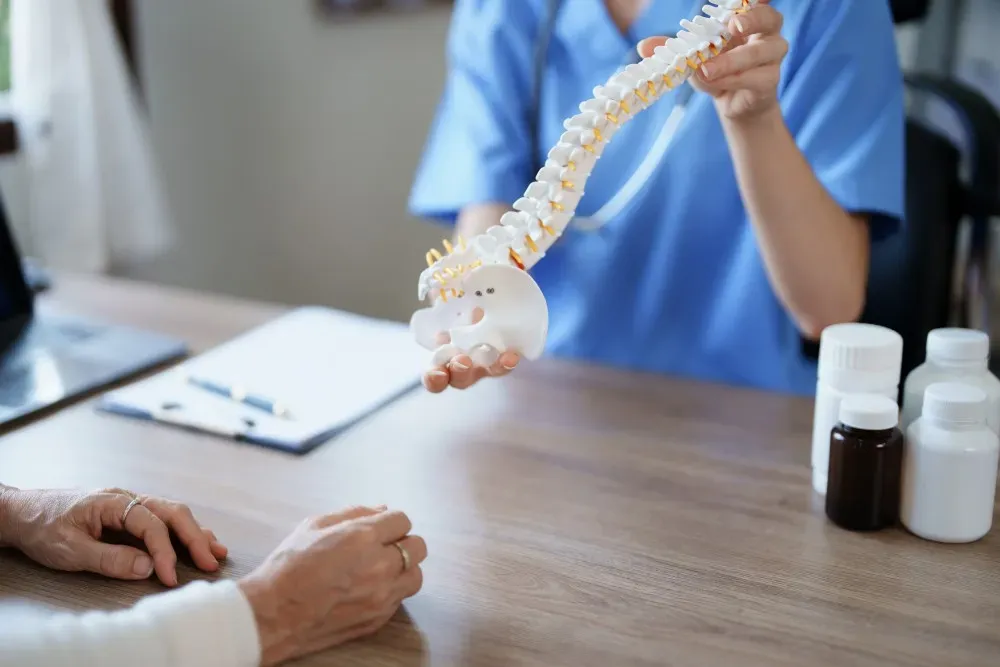Neurosurgery & Orthopedic Surgeons in Jacksonville

What Does Tendonitis Feel Like?
Tendonitis — also called tendinitis — is a medical condition that describes swelling, inflammation and irritation of a tendon. Tendons are the fibrous, corded tissues that attach muscle to bone and aid in muscle movement.
Tendonitis — also called tendinitis — is a medical condition that describes swelling, inflammation and irritation of a tendon. Tendons are the fibrous, corded tissues that attach muscle to bone and aid in muscle movement. When tendons become inflamed, you may experience pain, stiffness, weakness and difficulty moving the affected area.
Keep reading to learn more about the common types and symptoms of tendonitis.
ACHILLES TENDONITIS
Achilles tendonitis affects the achilles tendon that connects the calf muscle to the heel on the back of the leg. When this tendon becomes inflamed, you may experience pain, swelling and stiffness in the back of the leg that worsens after a lot of activity.
Primary causes:
- A sudden increase in exercise intensity
- Sports and exercises that involve a lot of running and/or jumping
- Poorly fitted shoes
- An inflammatory disease like gout or rheumatoid arthritis
TENNIS ELBOW (LATERAL EPICONDYLITIS)
Tennis elbow affects the tendons that connect the forearm to the bone on the outside of the elbow. When these tendons become inflamed, you may experience pain that runs from the outside of the elbow down the forearm and wrist. Tennis elbow can also cause weakness and stiffness that makes it difficult to pick up, grip, or hold objects without pain.
Primary causes:
- Activities with repetitive twisting motions of the wrist and arm
- Playing tennis and other racket sports
GOLFER’S ELBOW (MEDIAL EPICONDYLITIS)
Tennis elbow affects the tendons that connect the forearm to the bone on the inside of the elbow. When these tendons become inflamed, you may experience pain that radiates from the inner elbow to the inner forearm and wrist. Other symptoms include stiffness, weakness, and increased pain during grasping or gripping motions.
Primary causes:
- Occupations that require repetitive elbow movements
- Playing sports like golf, football and baseball
JUMPER’S KNEE (PATELLAR TENDONITIS)
Jumper’s knee affects the patellar tendon that connects the kneecap to the shin bone. When this tendon becomes inflamed, you may experience pain and tenderness around the kneecap that worsens with activities like walking, running and jumping. Jumper’s knee can also cause stiffness that makes it difficult to fully bend or straighten the leg.
Primary causes:
- Sports or exercises with frequent jumping on hard surfaces (running, basketball)
ROTATOR CUFF TENDONITIS
Rotator cuff tendonitis affects the group of four tendons that connect the upper arm bone to the shoulder socket. When these tendons become inflamed, you may experience shoulder pain, swelling, stiffness, and weakness that worsens during lifting movements. Rotator cuff tendonitis can sometimes limit your ability to sleep on the affected shoulder without pain.
Primary causes:
- Occupations that require a lot of overhead motions (construction, painting, carpentry)
- Sports that require a lot of overhead motions (baseball, swimming, tennis, rowing)
DE QUERVAIN’S TENOSYNOVITIS
De Quervain’s tenosynovitis affects the sheath that surrounds tendons in the thumb. When the tendon sheath becomes swollen and inflamed, you may experience pain and swelling at the base of the thumb that worsens with grasping, pinching, or wrist-twisting motions. De Quervain’s tenosynovitis can also cause pain that spreads into the thumb or up the forearm.
Primary causes:
- Activities with repetitive hand or wrist motions (writing, typing)
- Inflammatory disease like rheumatoid arthritis
TRIGGER FINGER
Trigger finger affects the tendon sheath surrounding tendons in the affected finger. The condition can develop in any finger of the hand, but most commonly occurs in the thumb. When the tendon sheath becomes swollen and inflamed, you may experience finger pain and stiffness, and a popping or cracking sound when you move the finger. Trigger finger can cause the affected finger to become caught or locked in a bent position.
Primary causes:
- Activities with repetitive hand and gripping motions
HOW IS TENDONITIS TREATED?
Tendonitis is treated with a combination of self-care and non-surgical measures. At home, you should practice R.I.C.E. — rest, ice, compression, elevation — if you start experiencing symptoms of tendonitis. If pain and stiffness continue after a few days of self-care, see your doctor for further care.
Your doctor may prescribe:
- Pain-relieving medications
- A short-term splint, brace or wrap
- Steroid injections
- Physical therapy
If non-surgical treatments aren’t effective, or if the damaged tendon ruptures, you may need surgical treatment.
INTEGRITY SPINE AND ORTHOPEDICS TREATS SOFT TISSUE AND SPORTS INJURIES
At Integrity Spine and Orthopedics, we offer top-notch spine and orthopedic care for a range of acute and chronic conditions. We’ll help you get the treatment you need to get back on your feet and back to doing the activities you love.
Call us today or reach out online to schedule your first appointment in our Jacksonville, FL clinic.




